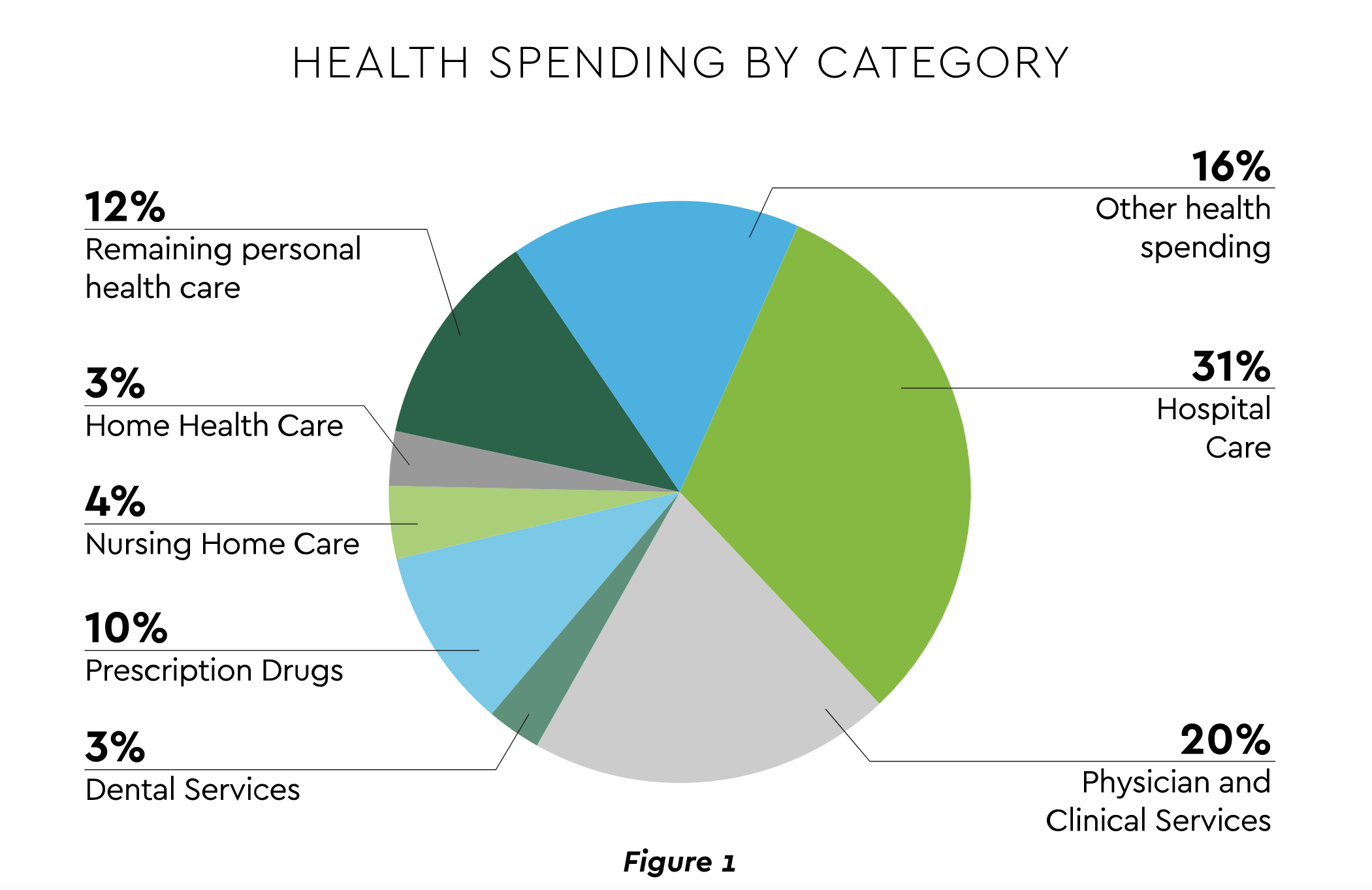How Visual Data Can Improve Performance Management in Business
Nowadays, employees like to be recognized for the work they do. They want to know that the work they put in is valued. One way of doing this is to give them a detailed performance review and performance appraisal.
But how do you know if your employees are truly performing at their best?
Workplace performance is a very subjective thing to measure for any employee. The usual way of doing this is through an annual performance appraisal. Although this is a decent way to measure performance, it can often lead to situations where employees try to game the system or are afraid to speak the truth. There are many different tools for measuring workplace performance now and one of them is to utilize visual data for performance management.
This blog will look at some of the ways you can use visual data to improve performance management in your Business.
What is performance management?
Performance management is the continuous process of setting objectives, assessing progress, and providing ongoing coaching and feedback to ensure that employees are meeting their goals and career interests. The primary goal of performance management is to promote and improve employee effectiveness.
Performance management can be used to:
- Align employee goals with those of the organization
- Increase employee engagement
- Improve workforce productivity
- Encourage ongoing development
- Support goal attainment
Performance management is not just annual performance reviews. It includes planning work and setting expectations, continually monitoring performance, developing the capacity to perform, periodically rating performance in a summary fashion, and rewarding good performance.
The primary purpose of PM is to help employees understand how they contribute to organizational success through their individual roles and responsibilities.
Performance management is a stage-by-stage process for managing performance and improving employee performance. It includes the following stages:
- Setting clear expectations
- Monitoring progress against those expectations
- Providing regular feedback
- Celebrating successes and addressing failures
- Rewarding great performance
The performance management process has four stages:
- Planning: This stage involves setting objectives that are aligned with your company’s goals, helping employees understand their role in achieving those objectives, and ensuring everyone is focused on the right priorities.
- Tracking: Employees need to know how they’re getting along. In this phase, managers should provide regular coaching and feedback on progress toward defined objectives.
- Developing: When an employee needs support in meeting their objectives, the development phase kicks in. In this phase, managers work with employees to identify opportunities for learning or skill development or offer training programs or other
- Current trends in performance management: Current trends in performance management are changing this approach. They’re moving away from traditional methods and towards more continuous feedback loops that focus on encouraging employee development throughout the year.
Read more at How Visual Data Can Improve Performance Management in Business
Subscribe us to get updates, and leave your comments below











